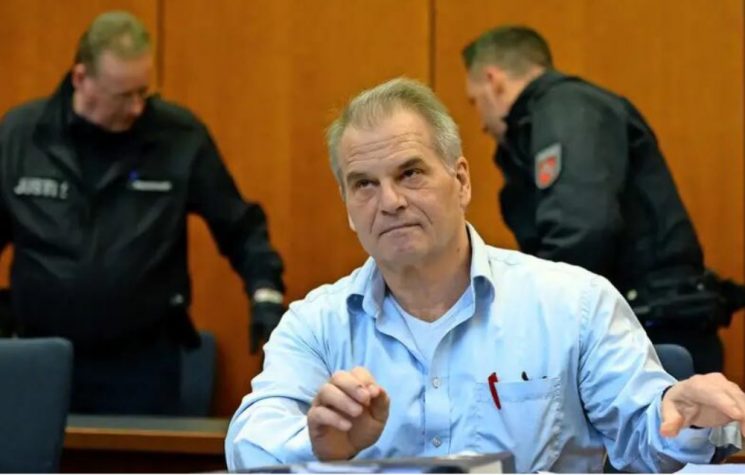Indigenous people, environmental and human rights activists remain at risk of assassination in Latin America. In Nicaragua, 6 indigenous people were killed by settlers as the struggle over land continues. The indigenous communities have complained of government inaction over the settlers’ seizing of land and violence, expressing fear of extermination.
Meanwhile within a week in Mexico, two environment activists working in a butterfly reserve were found dead. Homero Gomez Gonzalez was discovered drowned and, according to the autopsy, having suffered head trauma. His activism clashed with the interests of illegal logging ventures and clandestine agriculture notably avocado farming, and often advocated for environmental tourism as a stable economic venture. Amado Gomez, Homero’s brother, stated, “Something strange is happening, because they’re finishing off all the activists, the people who are doing something for society.”
Raul Hernandez Romero, a tour guide working in the reserve which was classified as a World Heritage Site by UNESCO in 2008, was found dead, with injuries to the head caused by a sharp object.
In Mexico, artist, activist and mother Isabel Cabanillas de la Torre was killed with a bullet to the head. Her activism defended women, the environment and immigrants
The report by Front Line Defenders released in January 2020 reveals that 304 activists were murdered worldwide in 2019. In Colombia, 106 activists were murdered, making Latin America the most dangerous region for human rights, indigenous and environmental protest. Of the murdered activists, 40 were recognised as indigenous leaders, while at least 53 indigenous activists were threatened. In 2018, the region also topped the statistics for the killings of environment activists.
Indigenous territory remains the target of governments as agriculture and mining endeavours turn towards unexploited land for business. Last Wednesday, Brazilian President Jair Bolsonaro stepped up on his earlier rhetoric in 2019 to make indigenous lands available for mining, agriculture and energy companies, purportedly indicating equal opportunity by allowing indigenous communities to participate in the so-called development of their land. Indigenous communities, however, described the bill as “genocide”.
In September 2019, a protector of Brazil’s indigenous communities was shot dead while riding his motorcycle close to the Brazilian border with Colombia and Peru. A former staff member of FUNAI and chief of environment services, Maxciel Pereira dos Santos was in direct confrontation with the Brazilian government’s capitalist policies. His activism, which included refusing entry to hunters, farmers and loggers, also provided protection for Brazil’s uncontacted indigenous communities.
Few of these cases will make it to mainstream media headlines with the prominence given to Berta Caceres, Macarena Valdes and Marielle Franco. However, remembrance of each victim is necessary even as Latin American governments largely turn a blind eye to the violence linked to multinational ambitions and government policies. Recently, the Brazilian Ambassador to France, Luis Fernando Serra, complained of Franco receiving more attention than the stabbing of Brazil’s Bolsonaro when he was a presidential candidate. What Serra leaves out is the difference in intent between the actions of a person deemed mentally ill, in the case of Bolsonaro’s stabbing, and the actions of a government intent on annihilating indigenous communities to facilitate access, through oppressive policies, of multinational interests in indigenous lands.
The collaboration between the state and its institutions, and multinational companies was also evident in Mexico. As part of the investigations into Gomez’s death, 53 police officers were questioned in relation to the murder. While no information has been forthcoming regarding involvement, Ocampo, where Gomez was murdered is notorious for the operation of violent criminal gangs which secure their power through the bribing of authorities.
With organised crime on the rise, operating under the veneer of business and thus serving government interests, activists will be facing increasing peril without any semblance of protection.








































